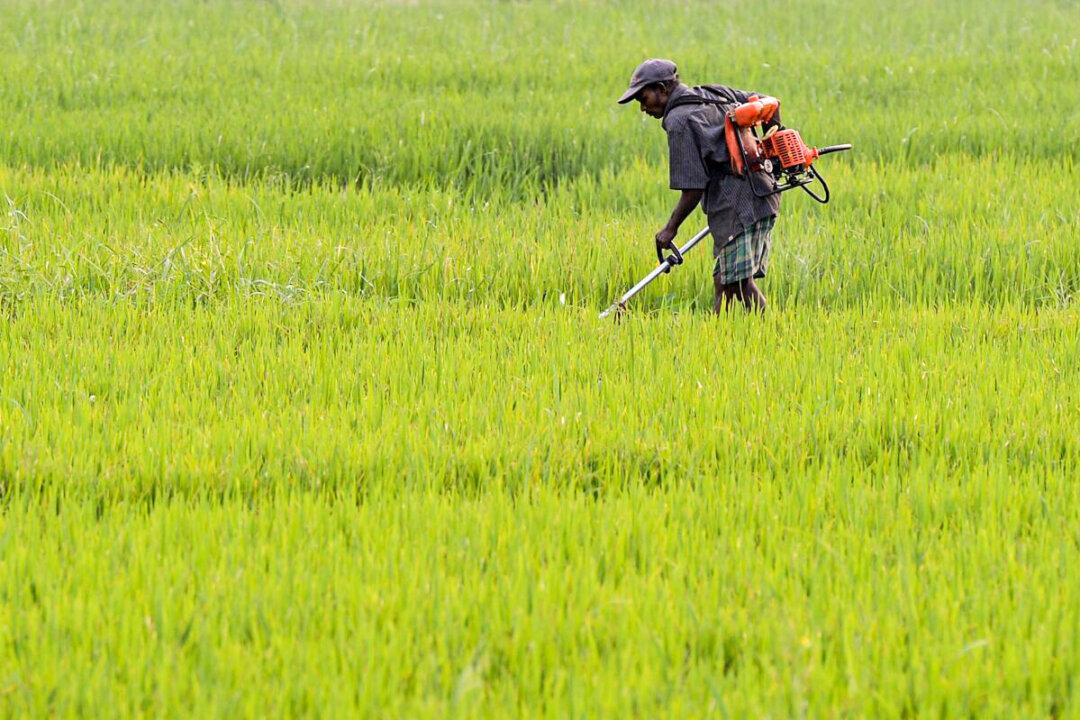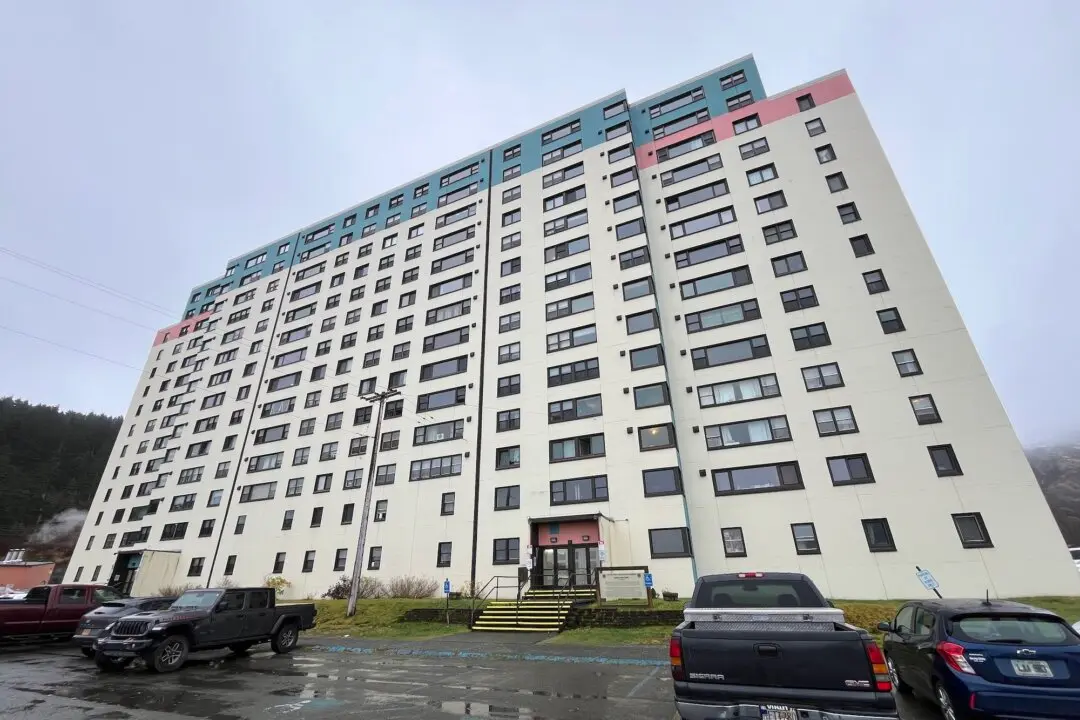United States agricultural suppliers are sounding the alarm over the rising cost of fertilizers, which threatens to lower crop yields and worsen strains on global food supplies.
“It’s put a stranglehold on us,” said John Ortiz, sales manager at BigYield.us in Garden City, Missouri, an organization focused on creating strategies that increase the size and quality of crops using liquid-nitrogen-based fertilizers.





